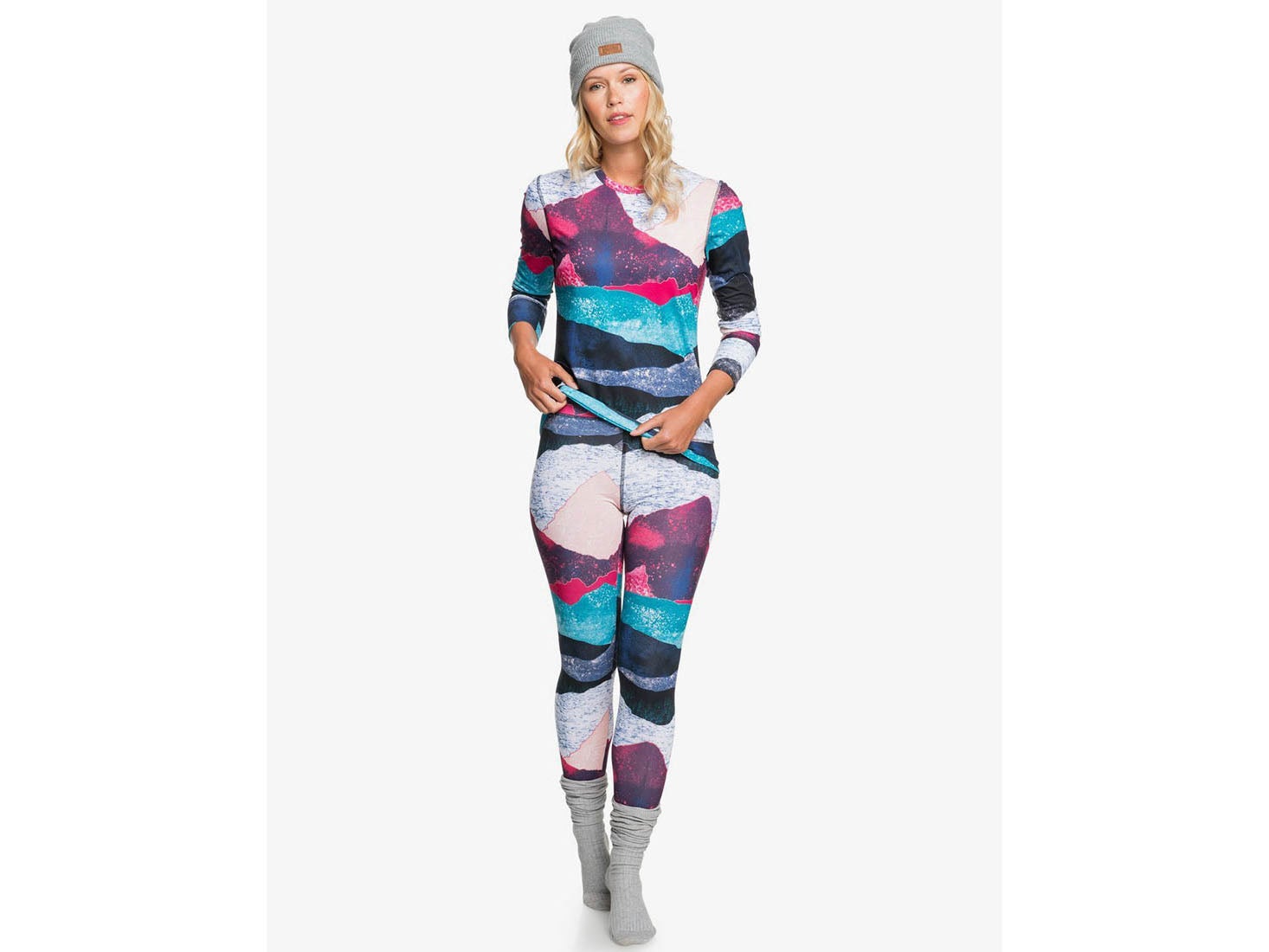New Info For Choosing Merino Wool Base Layers For Hiking
Wiki Article
What Is The Difference Between Merino And Regular Wool?
Merino wool comes from Merino sheep. They are well-known for their soft and fine wool. Merino wool has some distinct features. It is soft- Merino wool feels softer than regular wool because of its Merino wool's finer fibers. The wool's finer fibers are less itchy and more comfortable to wear to the skin.
Merino wool is warm because it traps air within the fibers. This results in insulation. It is also very moisture-wicking which means it will keep you warm, even if it's wet.
Merino wool has more endurance than regular wool due to the nature of the Merino sheep fibers. Therefore, it is more robust than regular wool and less likely to pill.
Merino wool's natural antibacterial properties make it impervious to odors. This means it can be worn longer without acquiring an unpleasant odor.
Breathability- Merino wool is extremely breathable, which means it lets water escape , keeping you cool and dry in hot weather.
Merino Wool is typically higher quality than regular wool. Merino wool can also be more expensive because it has superior properties.

How Do Lightweight, Mediumweight And Heavyweight Merino-Wool Base Layers Are Different?
The fabric's thickness and warmth is the main distinction between mediumweight, lightweight and heavyweight Merino wool base layers made of sheep. Below is a list of the main differences between the three kinds of base layers. Lightweight Merino Wool base layers are usually constructed from a light, breathable fabric that can be able to withstand mild and cold conditions. This type of base layer is ideal for intense activities that require sweating. It's made of the thin material that will wick away moisture while keeping you cool. It can also be used as a base layer for winter weather, under other layers.
Midweight Merino base layers are constructed of a heavier fabric than lighter base layers. They provide greater insulation and warmth. This kind of base layer is perfect for cold to cool weather and is a great option for moderate to low-intensity tasks where you're not likely to sweat a heavy sweat.
Heavyweight Merino wool base layers are made from the thickest and warmest fabric and are designed to be used in extremely cold weather conditions. This kind of base layer is best for low-intensity activities where you are not likely to sweat out like snowshoeing or skiing.
Take into consideration the weather conditions as well as the intensity of the activity you're participating in when deciding on the appropriate Merino wool base layer. A light base layer is best for activities of intense in mild or cool weather. While a heavier base layer can be used for activities that are cool or cold, and with a moderate to low intensity, it's ideal for any activities that require the highest levels of intensity. For very cold conditions or low-intensity sports an extremely heavy-duty base layer is the best option. Keep in mind that you are able to layer up or down depending on the weather conditions, therefore it's better to choose the base layer that's not too heavy, but not too heavy. Take into consideration the fit of the base layer, and make sure it's comfy and offers you the full range of motion. Go read more about best base layers for more recommendations.

What Is The Most Suitable Ski Base Layer For Merino And Wool Combined?
There are a lot of things to take into consideration when selecting the base layer for your skis that combines Merino wool with Himalayan yakwool. Here are some of the most important things to keep in mind: Weather conditions Take into account the weather and temperature conditions you'll be skiing in. If the temperature is low it is possible to consider a thicker base layer, for instance, one that is made of Himalayan-yak wool. If the temperature is more mild then it's a lighter Merino wool base layer could be more appropriate.
Activity level - think about your level of activity, and the amount of sweat you produce. If you tend to sweat a lot it is recommended to wear a base layer with good moisture-wicking properties like Merino wool, might be a better choice.
Comfort- Choose the base layer that's both comfortable and well-fitting. The base layer should be designed to move with your body and allow you full range of motion. It is important to stay clear of items that feel tight or restrictive, as it can restrict the range of motion and cause discomfort.
Individual preference - The most effective base layer combination will ultimately depend on your personal preferences. A person might prefer a layer that is more thick than the other and another might prefer thinner layers. You can play around with different combinations to determine the one that's the most effective and suitable for your needs.
Your specific needs and conditions you're skiing in will determine the most suitable base layer for skiing. To ensure you are cozy and comfortable on the slopes, consider the conditions in the winter and your comfort level and your personal preferences. Go where to find best base layer for hiking info for blog tips.

What Are The Alternatives To Merino Or Yak Wool For Ski Clothes? And Why Are They Inferior In Quality?
There are a variety of materials other than Merino wool and Himalayan-yak wool to use for your ski clothing. However, these alternatives may not be as effective to keep you comfortable on the slopes. These are some alternatives fabrics and why they may not be suitable to ski with. Cotton- Cotton is one of the most common fabrics utilized in clothing. Cotton is very absorbent , and can retain moisture. This can result in being cold and wet. Cotton is not an insulation material and won't keep your warm during colder temperatures.
Polyester-Polyester is an extremely popular synthetic fabric for ski clothing. Polyester is quick drying and moisture-wicking but it's not as able to provide the same insulation or warmth as Merino wool and Himalayan Yak wool. People find polyester less breathable, which makes it less comfortable than natural fibres.
Nylon- Nylon is a synthetic material that is known for its durability and resistance to damage. It is a great fabric for ski clothing but it does not offer warmth or insulation. You might find it difficult to wear nylon over long durations of time due to the fact that it's not as comfortable and breathable like natural fibers such as Merino or wool.
Fleece Fleece is a well-loved fabric that is a mid-layer for skiers. Although it provides insulation and warmth however, it's not as efficient as natural fibers like Merino wool and Himalayan yak wool. Some people also find fleece less permeable than natural fibers and more susceptible to absorbing moisture.
Although there are plenty of alternatives to fabrics other than Merino wool and Himalayan Yak wool for ski gear, they may not provide the same level of comfort for your skis. Merino and Himalayan wools are better in terms of warmth, insulation as well as moisture control and breathability. Natural fibers like these create a more attractive ski outfit.